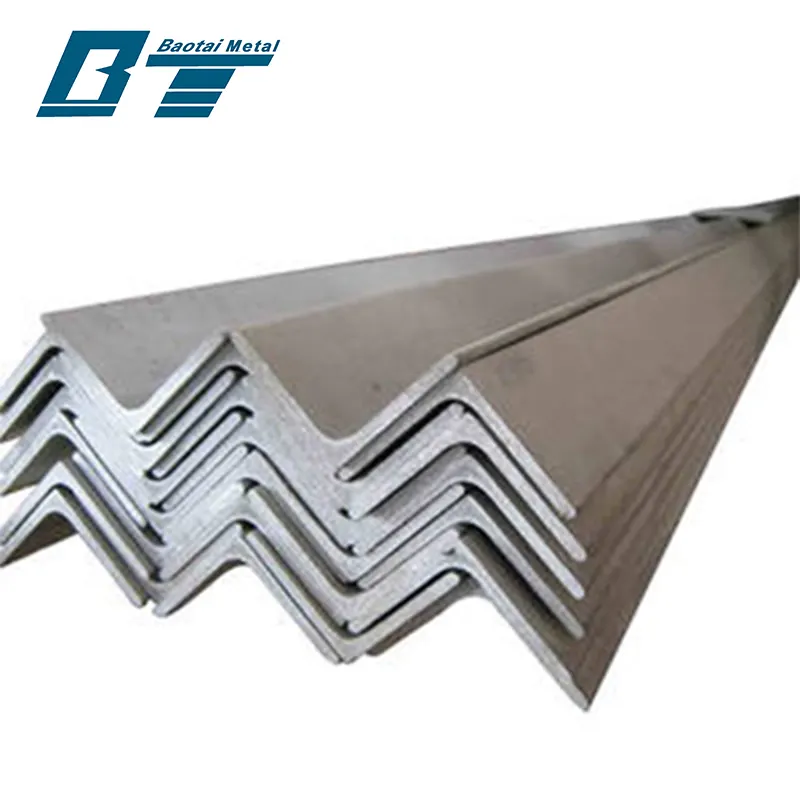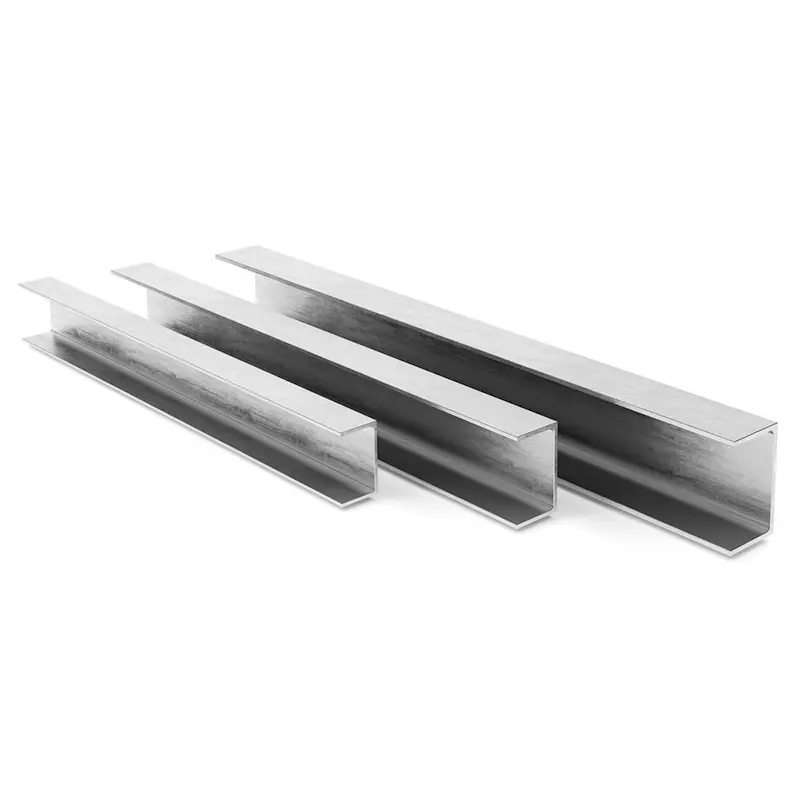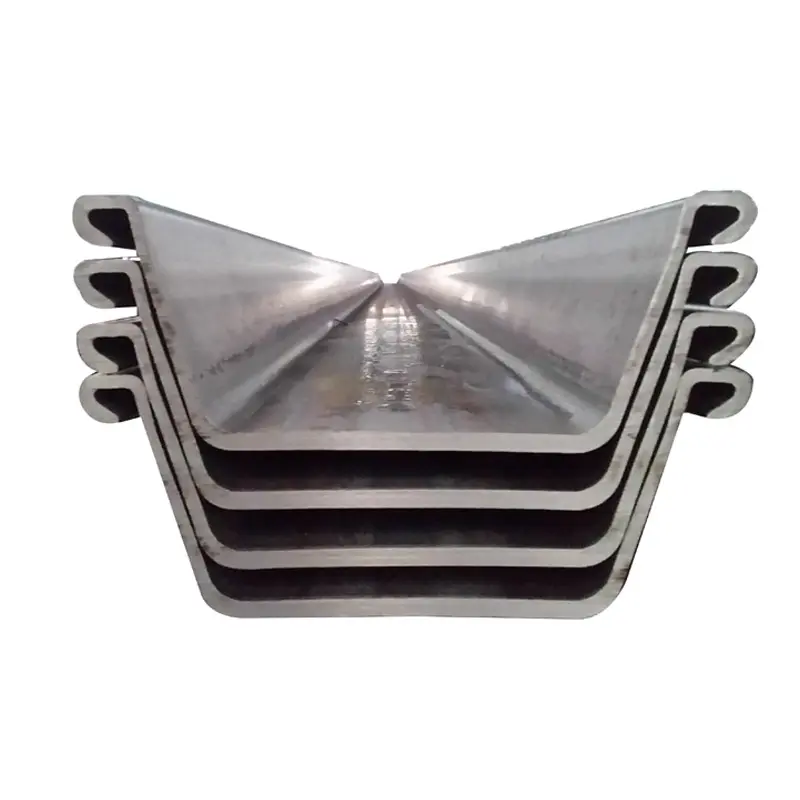Structural angle bar, a fundamental component in civil engineering and mechanical fabrication, is characterized by its L shaped cross section with legs of equal or unequal lengths, designed to withstand diverse structural loads. Manufactured primarily from carbon steel, stainless steel, or aluminum, these bars are hot rolled or cold formed to achieve precise dimensions and mechanical properties. For carbon steel variants, the carbon content typically ranges from 0.12% to 0.25% to balance strength and weldability, while alloying elements like manganese enhance tensile strength (400–550 MPa) and yield strength (235–355 MPa). The structural design emphasizes moment of inertia and section modulus, enabling it to resist bending and torsional forces in frameworks. Common applications include building trusses, bridge supports, machine frames, and industrial equipment foundations. Equal leg and unequal leg configurations cater to different load distributions, with standards like ASTM A36, EN 10056, and JIS G3192 governing dimensions, tolerances, and mechanical tests. Surface treatments such as galvanizing or painting protect against corrosion, especially for outdoor structures. Fabrication processes like cutting, drilling, and welding are straightforward, though preheating may be required for thicker sections to prevent cracking. As sustainable construction gains momentum, manufacturers are developing high strength low alloy angle bars to reduce material usage while maintaining structural integrity.


